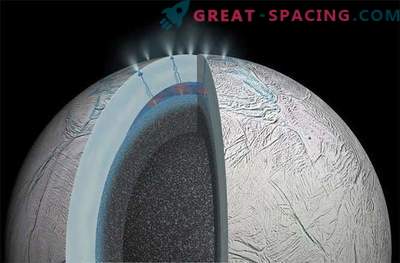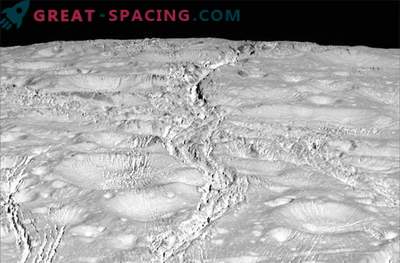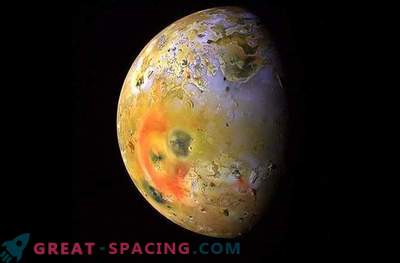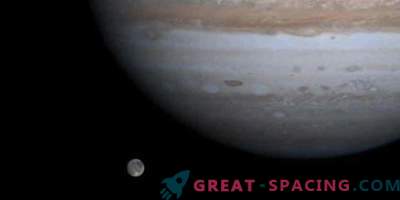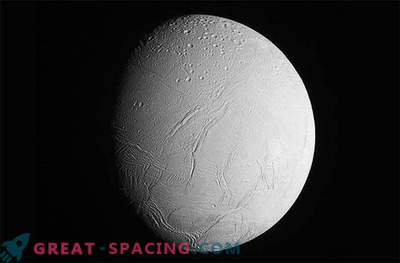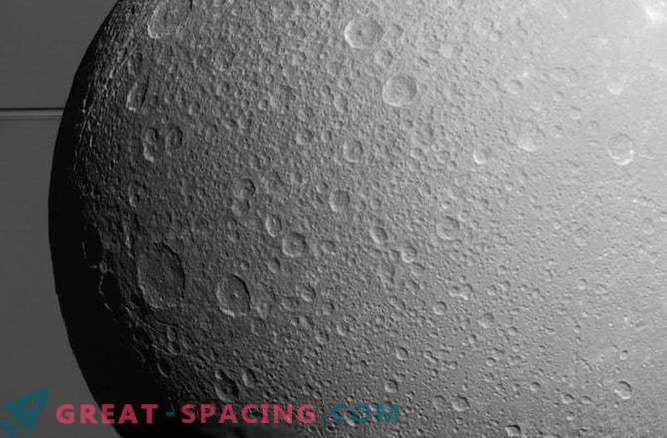
Observations of the Cassini mission show that the icy Dion is the last little moon in the solar system, with alluring tips about the presence of a liquid ocean under its crust.
The NASA Cassini spacecraft noticed a lot of “water hints” during orbital flight around the Saturn system. Thus, 101 Enceladus geysers were discovered, which erupt fountains from ice and provide convincing evidence of the presence of the ocean beneath them. There is also a Titan - a strange, watery, orange world that can hide the ocean somewhere below the surface.
Over the past few years, another strong candidate has emerged - Diona. This is a small moon, the radius of which has approximately the same distance as the road between San Francisco and Los Angeles (about 380 miles).
In 2013, images made by Cassini noticed a crust bending beneath the Janiculum Dorsa mountain (the Janicul Range). And the best explanation is that there could be an ocean under it. Measurements of the magnetometer also showed the presence of a stream of weak particles. Now a new study shows that there is an ocean still under the ice, but far below (about 60 miles below the surface).
The authors of the new study modeled the ice shells of both satellites - Enceladus and Dione. Although this approach was used in the past (it was concluded that there was no ocean), the authors made some changes. “As an additional principle, we assumed that the ice crust can withstand only the minimum amount of stretching or compression necessary to maintain the surface shape of the relief,” said lead author of the new study, Mikael Bote of the Royal Observatory in Belgium. - “Additional stress would rip the bark to pieces.”
The new findings suggest that Diona hides the “deep ocean” under the crust, but Cassini does not have access to it. The reason for this is that the reciprocating motions of the moon, assumed in the study, are too small for the spacecraft to detect them. The role of the researcher will go to the future ship.
In the case of Enceladus, research shows that the ocean is close enough to the surface. His reciprocating vibrations, seen by Cassini, would be less if the ice layer were larger.
If there really is an ocean on Dion, it would have spread around the whole moon, providing enough time for life to develop. Of course, this is only possible with the right conditions.
“Contact between the ocean and the stone core is crucial,” said Attilio Rivoldini of the Royal Observatory in Belgium. “Stone-water interactions provide essential nutrients and are a source of energy. Both are important components for life. ”





